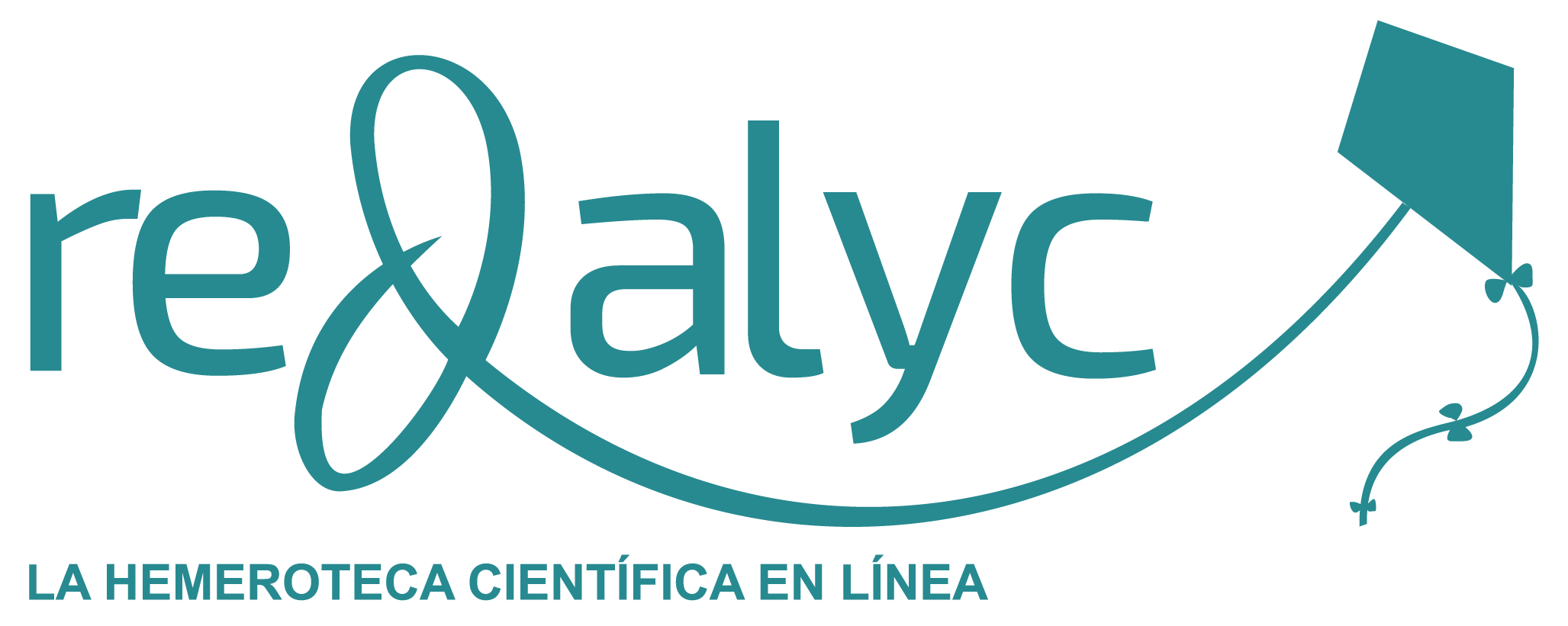ABSTRACT
Tomato spotted wilt orthotospovirus (TSWV) causes important economic losses in potato production. The cultivar Innovator is the most widely used variety for potato industrial processing and the second most extensively grown cultivar in Argentina. The objective of this study was to identify the most suitable tissue sample for TSWV detection in potato cv. Innovator using DAS-ELISA. Tissue samples taken from three different points of the tuber and from the leaves of seedlings originating from two types of sprouts were evaluated for TSWV detection using DAS-ELISA. Detection of TSWV in the tuber tissue was 95%, 86% and 87% for the sample taken below the rose end sprout, below the lateral end sprout, and the pith, respectively. Detection of TSWV in seedlings tissue was 41% and 40% in plants grown from rose and lateral sprouts, respectively. The proportion of positive TSWV samples was higher in samples collected from infected tubers than in those collected from seedlings. Therefore, tuber tissue proved to be suitable for TSWV detection by DAS-ELISA, regardless of the sampling point, because there were no significant differences among points. Sampling the tuber tissue reduces sample collection time since it is not necessary to obtain the progeny plant to analyze the leaves. TSWV caused severe damage in 46% of the infected tubers, which presented symptoms of internal necrosis, reducing the quality and the commercial value of the potato cv. Innovator. The application of an accurate TSWV diagnostic technique is required to achieve an efficient and effective management of
this disease in potato. In this context, the inclusion of TSWV detection in the Argentine potato seed certification program would be a positive measure.
Keywords: Orthotospovirus, TSWV detection in tuber, seed-potato certification.
RESUMEN
Tomato spotted wilt orthotospovirus (TSWV) causa importantes pérdidas económicas en la producción de papa. El cultivar Innovator es el más utilizado en el procesamiento industrial de papa y la segunda variedad más cultivada en Argentina. El objetivo de este trabajo fue determinar el tejido más adecuado para la detección de TSWV mediante DAS-ELISA en papa cv. Innovator. Muestras de tejido de tres diferentes puntos del tubérculo y de hojas de plántulas desarrolladas a partir de dos tipos de brote fueron evaluados para detectar TSWV mediante DAS-ELISA. La detección de TSWV en el tubérculo fue del 95%, 86%, 87% para el tejido debajo del brote apical, para el tejido debajo del brote lateral y para el tejido de la médula, respectivamente. La detección de TSWV fue del 41% y 40% en plantas cultivadas a partir del brote apical y lateral, respectivamente. La proporción de muestras positivas para TSWV fue mayor en las muestras recolectadas de tubérculos infectados que en las de plantas de la progenie para el cv. Innovator. Por lo tanto, el tejido del tubérculo resultó ser adecuado para la detección de TSWV mediante DAS-ELISA independientemente del punto de muestreo porque no se encontraron diferencias significativas entre ellos. El muestreo del tejido del tubérculo reduce el tiempo de recolección de las muestras debido a que no es necesario obtener la planta de la progenie para analizar las hojas. TSWV ocasionó daños severos en el 46% de los tubérculos infectados, los cuales presentaron síntomas de necrosis interna, reduciendo la calidad y el valor comercial de la papa cv. Innovator. La aplicación de técnicas precisas de diagnóstico de TSWV es necesaria para lograr un manejo eficiente y efectivo de esta enfermedad en papa. En este contexto, la inclusión de la detección de TSWV en el programa argentino de certificación de papa semilla podría ser una medida positiva.
Palabras clave: Orthotospovirus, detección de TSWV en tubérculos, certificación de papa-semilla.
Contact: López Lambertini, P.M. opezlambertini.pao@inta.gob.ar
DOI: https://doi.org/10.58149/1scd-p837











